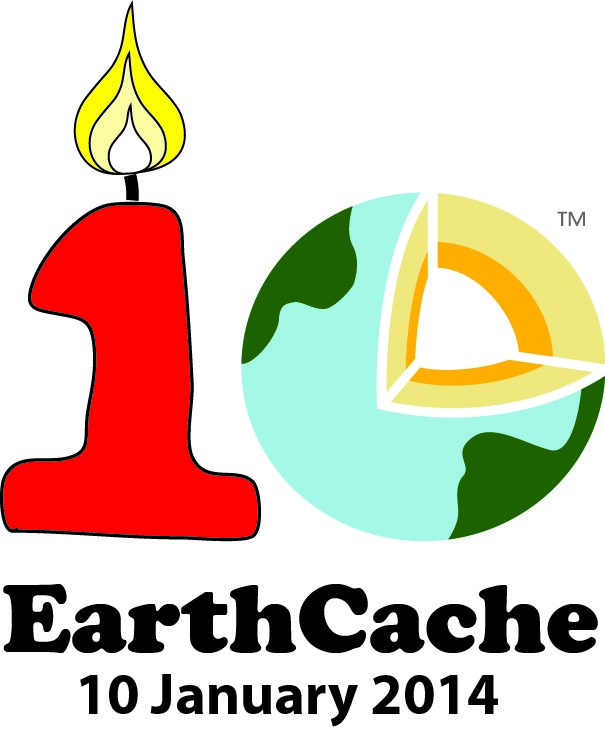Wow, That's A Really Big Xenolith! EarthCache
Wow, That's A Really Big Xenolith!
-
Difficulty:
-

-
Terrain:
-

Size:  (other)
(other)
Please note Use of geocaching.com services is subject to the terms and conditions
in our disclaimer.
Parking for this EarthCache is at a scenic pull out on the south side of the Woodrow Bean Transmountain Road in the north-trending west tilted fault block Franklin Mountains. You will be crossing a major road with traffic, please be careful and stay as close to the road cut as possible and be aware of falling rocks. Do not park on the north side of the road, there is no place to park.
At this section of the road cut, you will be learning about Xenoliths.
A xenolith, from xeno meaning “foreign”, and lith meaning “rock”, is a fragment of metamorphically altered rock that fell into magma or lava and became encased within igneous rock. Xenoliths may be engulfed along the margins of a magma chamber, torn loose from the walls of an erupting lava conduit or picked up along the base of flowing lava. Xenoliths can be quite large and can occur in clusters within the plutonic rock or demonstrate dikelet intrusions by the magma.
As you stand at this location, you are standing in what was once a magma chamber. Castner Marble (see GC4WR63) was originally part of the roof pendant of this chamber.
This Castner Marble xenolith was formed as the Red Bluff Granite Complex was being formed. The high temperatures and pressure pushed the magma up against this pendant, parts of it were broken or ripped off and fell into the magma, some melted and some encased in the granite as it cooled.
When the marble fell, the xenolith ended up almost vertical and a section of overlying Mundy Breccia ended up to the right or below. Since the Mundy Breccia was originally on top of the Castner Marble, this could be considered a type of inverted topography.
To log this EarthCache, send me an email with the answer to the following question:
1. Determine by using a Clinometer, compass, watch, or estimate the top vertical angle of the Castner Marble xenolith.
2. Can you see any other xenoliths? If so, are they of the same or different type of rock? If different, describe what you see.
References:
LeMone, D. V., 1988, Stratigraphy and Structures of the Franklin Mountains, West Texas Geological Society of America Centennial Field Guide-South-Central Section. p. 65-77.
Shannon, W. M., Barnes, C. G., and Bickford, M. E., 1997, Grenville Magmatism in West Texas: Petrology and Geochemistry of the Red Bluff Granite Suite: Journal of Petrology, v. 38, p. 1279-1305.
Thomann, W. F., and Hoffer, J. M., 1991, Progressive contact metamorphism of the Middle Proteozoic Castner Marble, Franklin Mountains, West Texas: Contributions to Geology, University of Wyoming, v. 29, p. 71-80.

Additional Hints
(No hints available.)